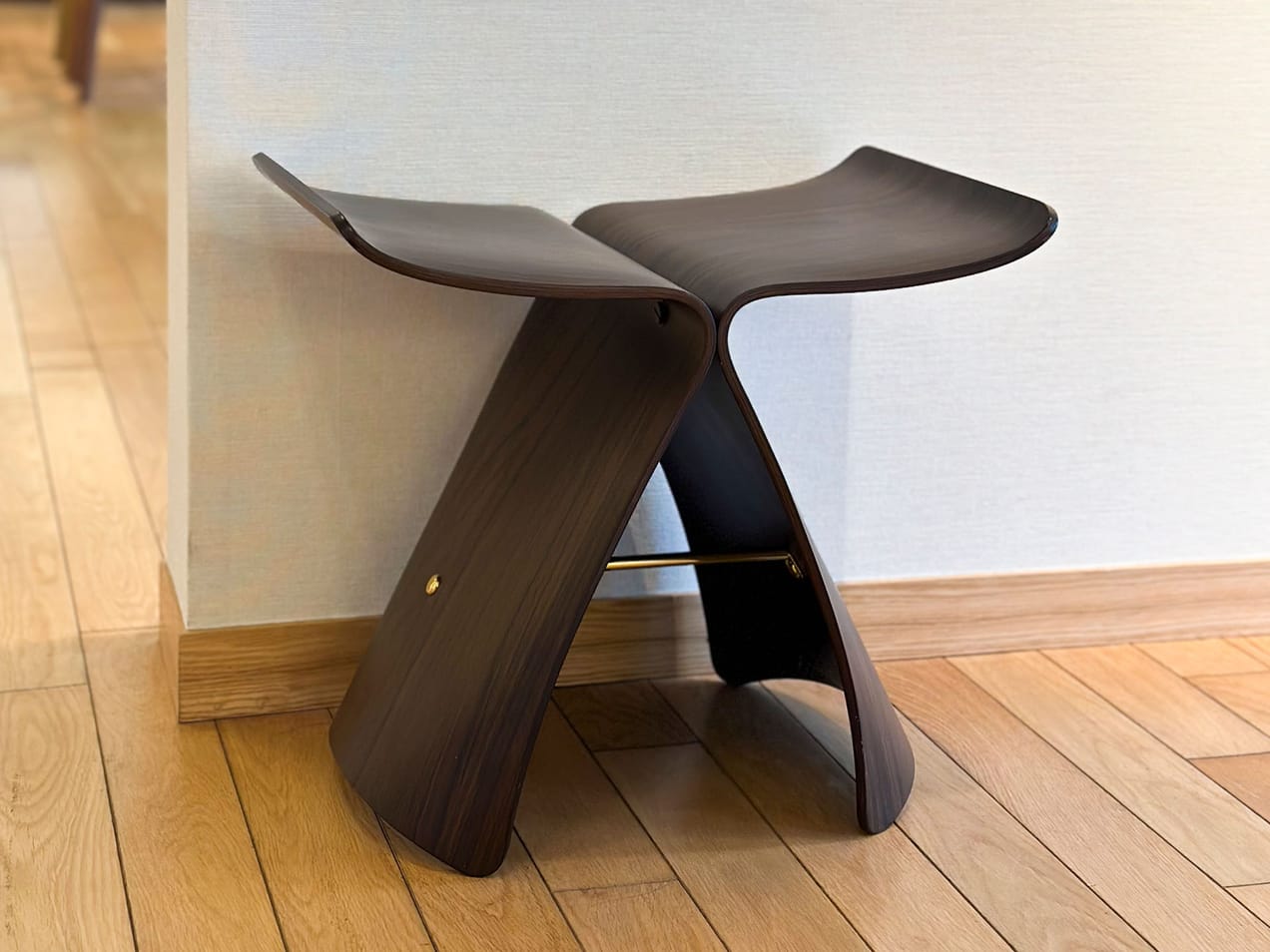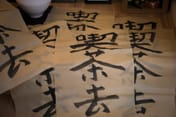Hello, I’m Gian 👋🏻
I’m a London-based creative producer, content strategist and writer. Also a Japanophile and author of The Craftsman Newsletter.

London Design Festival
I was the Head of Content & Digital of London Design Festival (LDF), overseeing the editions 2021, 2022 and 2023. Founded in 2003, London Design Festival celebrates and promotes the city as a design capital on the global stage and is one of the world's leading design events.
Teachings from Japanese craftsmanship: what is enough?
This essay has been adapted from a short talk I gave at the Grande Finale of the House of Beautiful Business in Lisbon on November 6th, 2019 (watch the video). In March of this year I quit my job. I was feeling exhausted physically and mentally, and there was something
Summer Special 2025
Last year’s summer special proved to be pretty popular so here I am at it again with highlights of what to read, listen, watch and visit in the next few months, all of them relating to craft and design in one way or another. But I’m also curious
Off the Hump: Poetry of Clay with Tarragon Smith
This webinar is part of The Summer Sessions: Craft & Design, a series of online conversations with craftspeople, designers, academics and storytellers. The previous one was on miracle fibres from Patagonia with Cindy Lilen. Tarragon Smith is a thoughtful person. Before I met him, his tea bowls 'spoke'
Miracle Fibres: From Patagonia to London with Cindy Lilen
What happens when ancient Andean wisdom meets contemporary design on one of London's most prestigious stages? The answer lies in a darkened room at Somerset House where visitors sit on felted benches, touching raw vicuña wool while listening to ancestral sounds. Textile artist Cindy Lilen co-created 'SUR
Portrait from the Family Album, 1878ca
This is an old photo from the family album. The boy in uniform was probably my grandfather (Ernesto Chicco), and the man next to him my great-grandfather. Unfortunately, I don't know for sure. The last person who likely knew was my late father. The photo, an albumen print,
The playful guinomi
This is the second essay in a three-part series that started with The humble yunomi. In Japanese drinking culture, the container often matters as much as what fills it. May is my birthday month so in the spirit of celebrating life, I thought it would be appropriate to write about
Crafting Memory: Alessi's Funeral Urns
I returned from Milan's Design Week with my head buzzing from good conversations, pretty sights and delicious food. As in previous years, what touched me were not the slick booths in the gargantuan pavilions nor the glitzy brand-extending exercises of luxury houses (although I did like Loewe’s
Ink, Stone, Brush, Paper and Tea
This weekend I returned to calligraphy after months away. Grinding ink on stone offers a welcome relief from screens. In contrast to the numbness of touching glass on a smartphone, you feel the scent of the ink forming, the sound and feeling of friction rubbing on the inkstone, applying soft
The Butterfly Effect: Sori Yanagi and the Art of Appreciation
The saying goes that you shouldn't meet your heroes, but what about celebrating them? In November last year, a diverse group of people working in the UK's design industry gathered at the Vitra showroom in London to launch the Sori Yanagi Appreciation Society (SYAS). Industrial designers
Born Elsewhere, Made in Japan
Most Japanese crafts knowledge could disappear within a generation. The country is growing old and depopulating at incredible speed, and as lifestyle has become more westernised throughout the last hundred years, fewer people are interested in becoming a shokunin, a craftsman. According to JapanCraft21, an organisation founded by Steve Beimel
Feeling More x Musubi Academy
Musubi Academy, a platform dedicated to exploring Japanese wisdom and its relevance to contemporary life, is the brainchild of Laurens van Aarle. We bonded through our shared appreciation of Japanese culture, and when the website launched in April 2024, he asked me if I would like to contribute an essay
Kamon, the original logos of Japan
Traditions are living entities. The Hatoba family enriches and evolves the role of the Monsho Uwaeshi, the artisans of Japanese family crests, ensuring that the thousand-year-old craft of mon making remains relevant in the 21st century. I come from an Italian family on my father’s side with a noble
Craftsmanship and Circularity Are One
When I’m asked about my interest in craftsmanship, especially that of Japan, I explain that at its core is the fact that circular principles are inherently baked in. Modern designers rightly focus on using sustainable materials, reducing waste, ensuring repairability, and promoting recycling. Japanese crafts go beyond this, intertwining

























